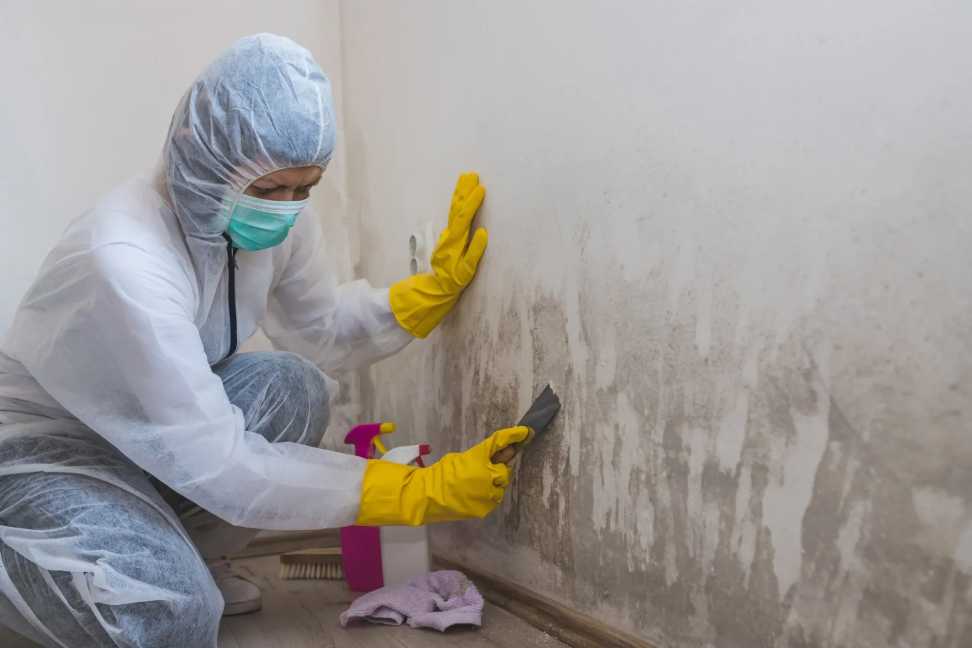Mold is a common nuisance that can wreak havoc on homes and businesses alike. Not only can it cause structural damage, but it also poses serious health risks to occupants. Mold remediation is the process of identifying, containing, and removing mold from affected areas to ensure a safe and healthy environment. In this article, we will delve into the intricacies of mold remediation, exploring its importance, methods, and best practices.
The Importance of Mold Remediation
Mold thrives in moist environments and can spread rapidly if left unchecked. It releases spores into the air, which can trigger allergic reactions and respiratory problems in susceptible individuals. Furthermore, prolonged exposure to mold can lead to more severe health issues, such as asthma and fungal infections.
Aside from health concerns, mold can cause significant damage to property. It can weaken structures, stain surfaces, and compromise indoor air quality. Addressing mold infestations promptly is crucial to prevent further deterioration and mitigate potential health risks.
Identifying Mold Infestations
The first step in mold remediation is identifying the presence of mold. Mold often grows in damp, poorly ventilated areas such as basements, bathrooms, and crawl spaces. Common signs of mold infestations include musty odors, visible mold growth on surfaces, and water stains.
Professional mold inspectors utilize specialized equipment such as the moisture meters along with thermal imaging cameras for detecting all kinds of hidden mold growth behind walls and ceilings. They conduct a thorough assessment of the property to determine the extent of the infestation and develop a remediation plan accordingly.
Containment and Removal
Once the mold infestation has been identified, containment measurement are implemented for preventing the spreading of mold spores to unaffected areas. This typically involves sealing off the contaminated area with plastic sheeting and using negative air pressure systems to filter and exhaust air outside the building.
The next step is the removal of mold-infested materials. Porous materials such as drywall, carpeting, and insulation may need to be discarded if they cannot be adequately cleaned and dried. Non-porous surfaces can be cleaned with antimicrobial solutions and HEPA vacuumed to remove mold spores.
Drying and Dehumidification
After mold removal, it is essential to dry the affected area thoroughly to prevent mold regrowth. Industrial-grade dehumidifiers and air movers are employed to expedite the drying process and restore normal humidity levels. Moisture meters are used to monitor moisture levels and ensure that the area is completely dry before reconstruction begins.
Preventive Measures
Preventing mold growth is key to maintaining a healthy indoor environment. Regular inspections for leaks, proper ventilation, and controlling humidity levels can help prevent moisture buildup and reduce the risk of mold infestations. Promptly addressing water damage and repairing leaks can also prevent mold from taking hold.
Conclusion
Mold remediation is a vital process for addressing mold infestations and safeguarding both property and health. By identifying mold infestations early and implementing effective remediation strategies, property owners can mitigate the risks associated with mold and create a safe and healthy indoor environment. Moreover, implementing preventive measures can help minimize the likelihood of future mold problems, ensuring long-term peace of mind for occupants. If you suspect mold growth in your home or business, don’t hesitate to take the help from professional mold remediation services or addressing the issue .
Have A Look :-
- Top 5 Benefits Of Social Media Automation
- Top Free Webinar Recording Tools For Starters
- Top Ten Factors That Influence Google Rankings

